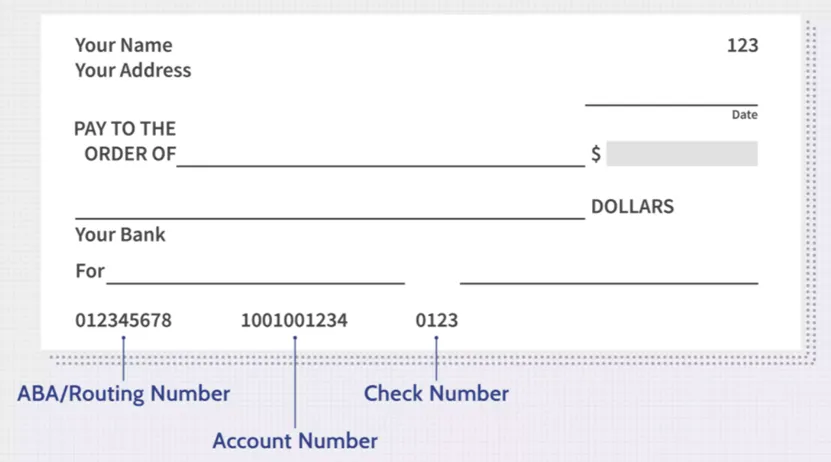What is a check
A check is a written order or bill of exchange where a financial institution (FI) guarantees a sum of money payable, on demand, to the person named on the check (payee). The payee deposits it in their account or negotiates it for cash. The check is then drawn on funds in the account owner account.
While different forms of electronic payments may replace paper checks, many people still use paper checks. Only the payee named on a check can negotiate the check; a 3rd party isn't able to cash it.
If you look on the front of a check, you’ll see the words Pay to the Order Of at the beginning of the line where you write the payee name. This language is one of the things that legally makes a piece of paper a check. Payees communicate their orders with the type of endorsement they write on the back. If the payee simply signs their name on the back, then the bearer (any person who has the signed check) can legally cash or deposit the check.
Checks are usually personalized for the checking account owner. They will have their name, address, the FI name, and a check number printed on the face, which is used to identify the check.
The numbers that appear along the bottom of the check are pre-printed in special magnetic ink that can be read by magnetic ink character readers (MICR). Starting from the left, there are three numbers. The first is the routing and transit or ABA number. This number identifies the financial institution. The next number represents the checking account. At many institutions, this is the checking account holder’s account number. The final number is the number of the check. It matches the check number usually found in the upper right corner of the check.

The following are the basic roles describing the participants in a check transaction.
Role Name | Description |
|---|---|
Issuing bank | The bank that issued the check (usually as part of a checkbook) to the account holder |
Check payer/payer | The account holder writing and passing the check |
The Federal Reserve/The Fed | The central bank of the United States |
Check payee/Payee | The account holder depositing the check and receiving its funds |
Depositing bank | The check payee bank. The check is deposited into the payee’s account at the depositing bank. |
Check payment services | A range of companies that offer a variety of automated payment services, including the option to print and mail a check on behalf of an account holder. |
When someone writes a check for an amount larger than what is held in their checking account, the check cannot be processed, as there are insufficient or non-sufficient funds (NSF) in the account (the two terms are interchangeable). This is known as a “bounced check”. A bounced check usually incurs a penalty fee to the payer. In some cases the payee is also charged a fee.
